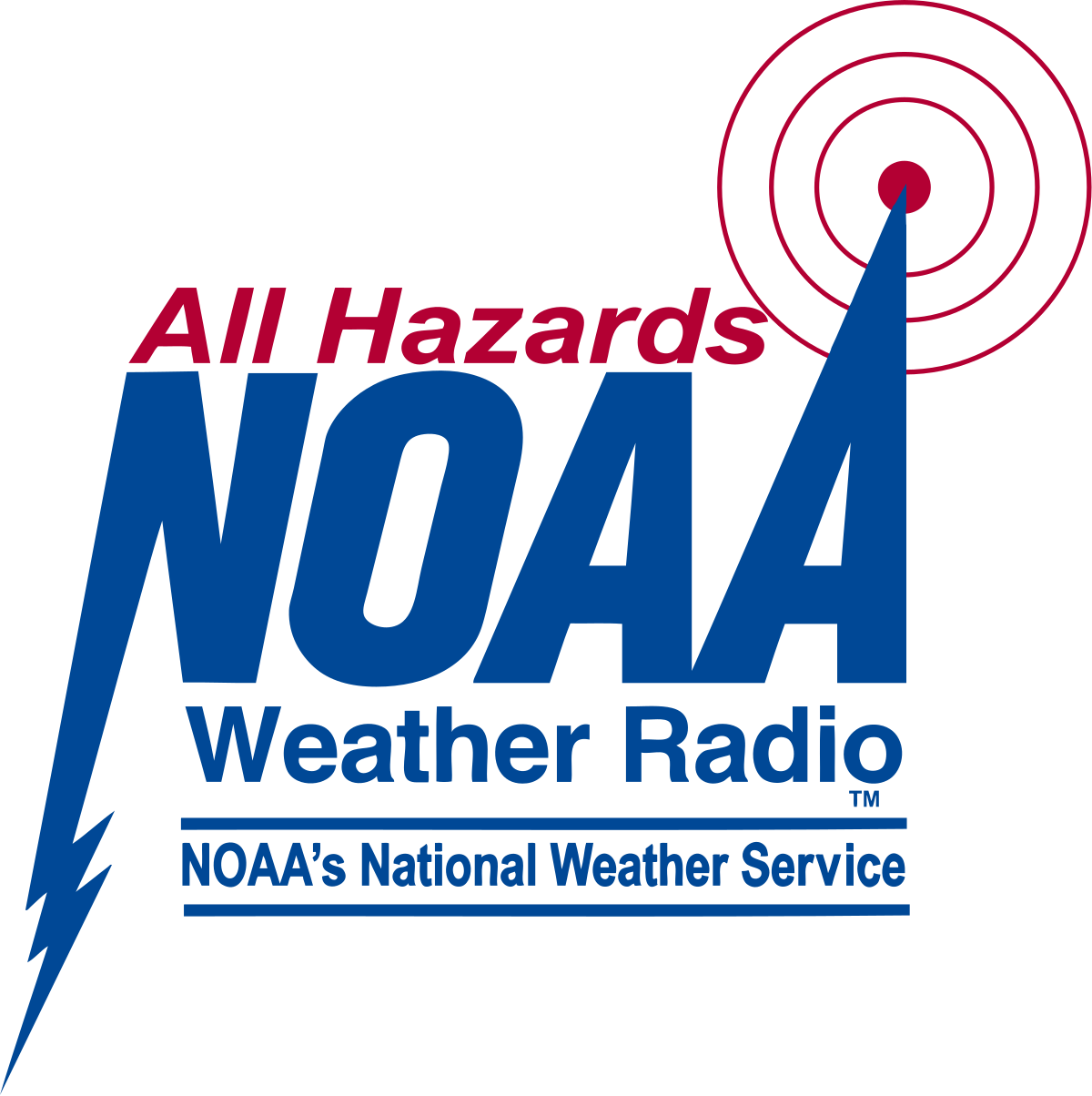A drought is an event of prolonged shortages in the water supply, whether atmospheric, surface water or ground water. A drought can last for months or years, or may be declared after as few as 15 days. It can have a substantial impact on the ecosystem and agriculture of the affected region and harm local economy. Periods of heat can significantly worsen drought conditions by hastening evaporation of water vapor.
South Carolina is not immune to drought periods, the most recent having occurred in 1983, 1986, 1993, and from 1998 through 2009. The drought of 1983 was the most severe in more than 100 years. As a result of this drought, 39 counties sought emergency relief and agricultural, forestry, and industrial losses totaled more than one-half billion dollars.
The United States Drought Monitor keeps up to date conditions of drought and drought levels available to the public.
Understanding Drought from The National Weather Service
Types of Drought
People tend to define droughts in three main ways:
- Meteorological drought occurs when there is a prolonged time with less than average precipitation. Meteorological drought usually precedes the other kinds of drought.
- Agricultural droughts affect crop production. This condition can also arise independently from any change in precipitation levels when either increased irrigation or soil conditions and erosion triggered by poorly planned agricultural endeavors cause a shortfall in water available to crops. However, in a traditional drought, it is caused by an extended period of below average precipitation.
- Hydrological drought is brought about when the water reserves available in sources such as aquifers, lakes and reservoirs fall below a locally significant threshold. This drought tends to show up more slowly because it involves stored water that is used but not replenished. This can be triggered by more than just a loss of rainfall.
As a drought persists, the conditions surrounding it gradually worsen and its impact on the local population gradually increases.

Causes of Drought
Precipitation Deficiency – Lack of Rainfall
Dry Season
El Niño
Erosion and Human Activities – Human activity can directly trigger exacerbating factors such as over farming, excessive irrigation, deforestation and erosion adversely impact the ability of the land to capture and hold water.
Climate Change – Overall, global warming will result in increased world rainfall. Activities resulting in global climate change are expected to trigger droughts with a substantial impact on agriculture throughout the world, and especially in developing nations.
Consequences of Drought
One can divide the effects of droughts and water shortages into three groups: environmental, economic and social.
- In the case of environmental effects: lower surface and subterranean water-levels, lower flow-levels, increased pollution of surface water, the drying out of wetlands, more and larger fires, higher deflation intensity, loss of biodiversity, worse health of trees and the appearance of pests and dendroid diseases.
- Economic losses include lower agricultural, forests, game and fishing output, higher food-production costs, lower energy-production levels in hydro plants, losses caused by depleted water tourism and transport revenue, problems with water supply for the energy sector and for technological processes in metallurgy, mining, the chemical, paper, wood, foodstuff industries etc., disruption of water supplies for municipal economies.
- Social costs include the negative effect on the health of people directly exposed to this phenomenon (excessive heat waves), possible limitation of water supplies, increased pollution levels, high food-costs, stress caused by failed harvests, etc. This explains why droughts and fresh water shortages operate as a factor which increases the gap between developed and developing countries.
Drought can also reduce water quality, because lower water-flows reduce dilution of pollutants and increase contamination of remaining water-sources. Common consequences of drought include:
- Diminished crop growth or yield productions and carrying capacity for livestock
- Dust bowls, themselves a sign of erosion, which further erode the landscape
- Dust storms, when drought hits an area suffering from desertification and erosion
- Famine
- Habitat damage, affecting both terrestrial and aquatic wildlife
- Hunger – drought provides too little water to support food crops
- Malnutrition, dehydration and related diseases
- Mass migration, resulting in internal displacement and international refugees
- Reduced electricity production due to reduced water flow through hydroelectric dams
- Shortages of water for industrial users
- Snake migration, which results in snake bites
- Social unrest
- War over natural resources, including water and food
- Wildfires becomes more common during times of drought and may cause human deaths
- Exposure and oxidation of acid sulfate soils due to falling surface and ground water levels
- Cyanotoxin accumulation within food chains and water supply (some of which are among the most potent toxins known to science) can cause cancer with low exposure over the long term.

Protection, Mitigation and Relief
Agriculturally, people can effectively mitigate much of the impact of drought through irrigation and crop rotation. Failure to develop adequate drought mitigation strategies carries a grave human cost in the modern era, exacerbated by ever-increasing population densities.
Strategies for drought protection, mitigation or relief include:
- Dams – many dams and their associated reservoirs supply additional water in times of drought.
- Desalination – use of sea water for irrigation or consumption.
- Drought monitoring – Continuous observation of rainfall levels and comparisons with current usage levels can help prevent man-made drought.
- Land use – Carefully planned crop rotation can help to minimize erosion and allow farmers to plant less water-dependent crops in drier years.
- Outdoor water-use restriction – Regulating the use of sprinklers, hoses or buckets on outdoor plants, filling pools, and other water-intensive home maintenance tasks.
- Rainwater harvesting – Collection and storage of rainwater from roofs or other suitable catchments.
- Recycled water – Former wastewater (sewage) that has been treated and purified for reuse.
- Transvasement – Building canals or redirecting rivers as massive attempts at irrigation in drought-prone areas.


